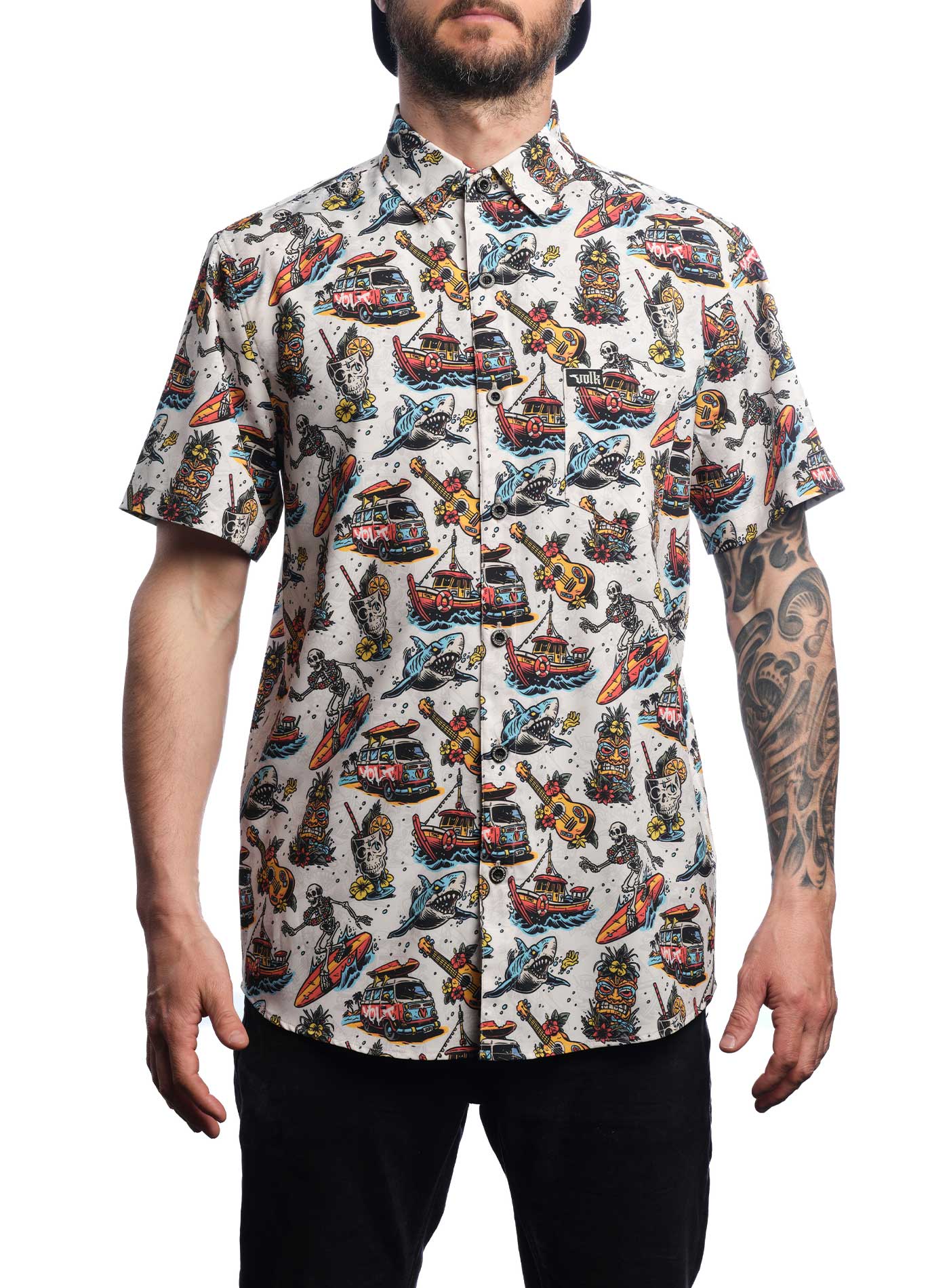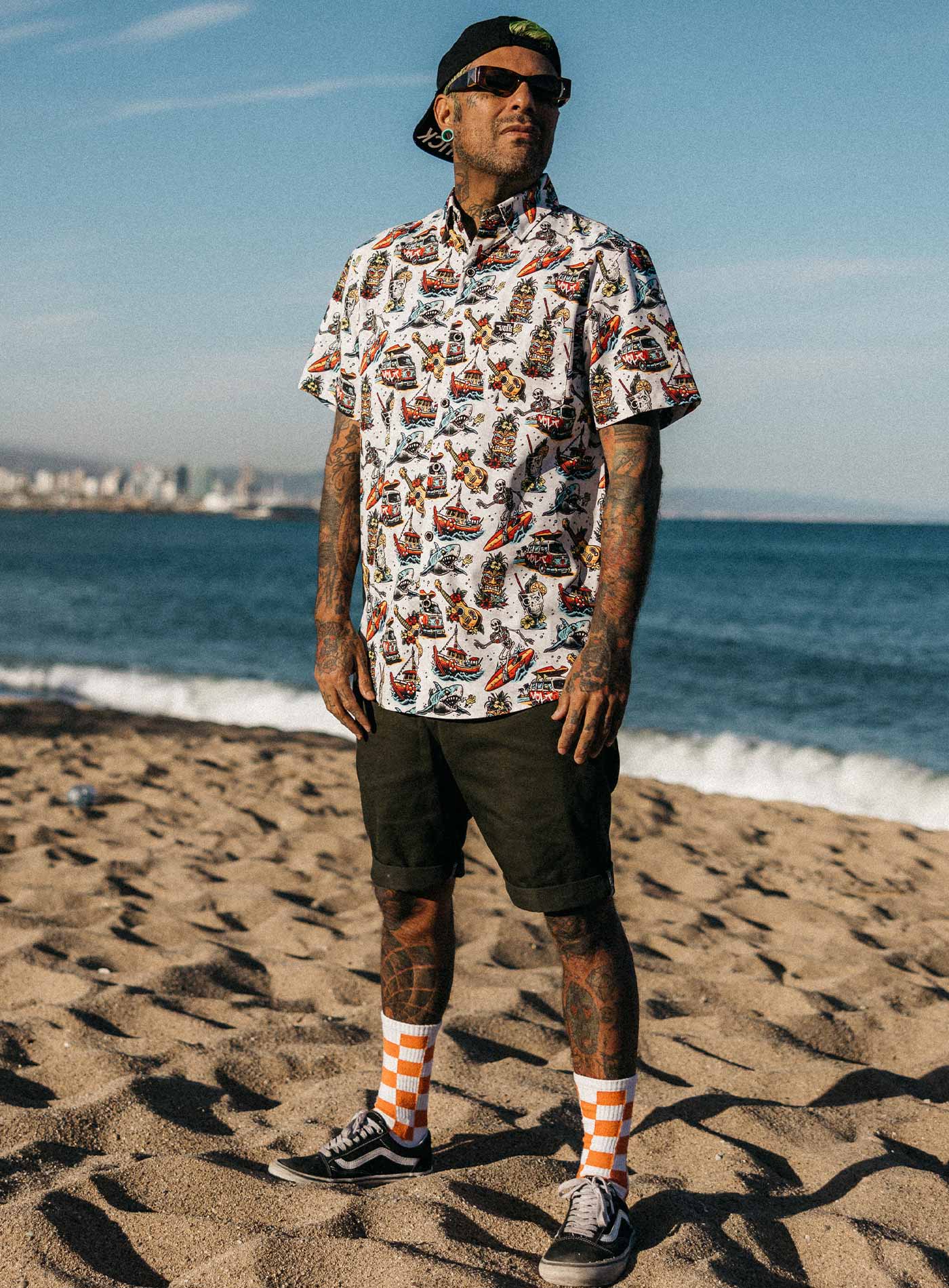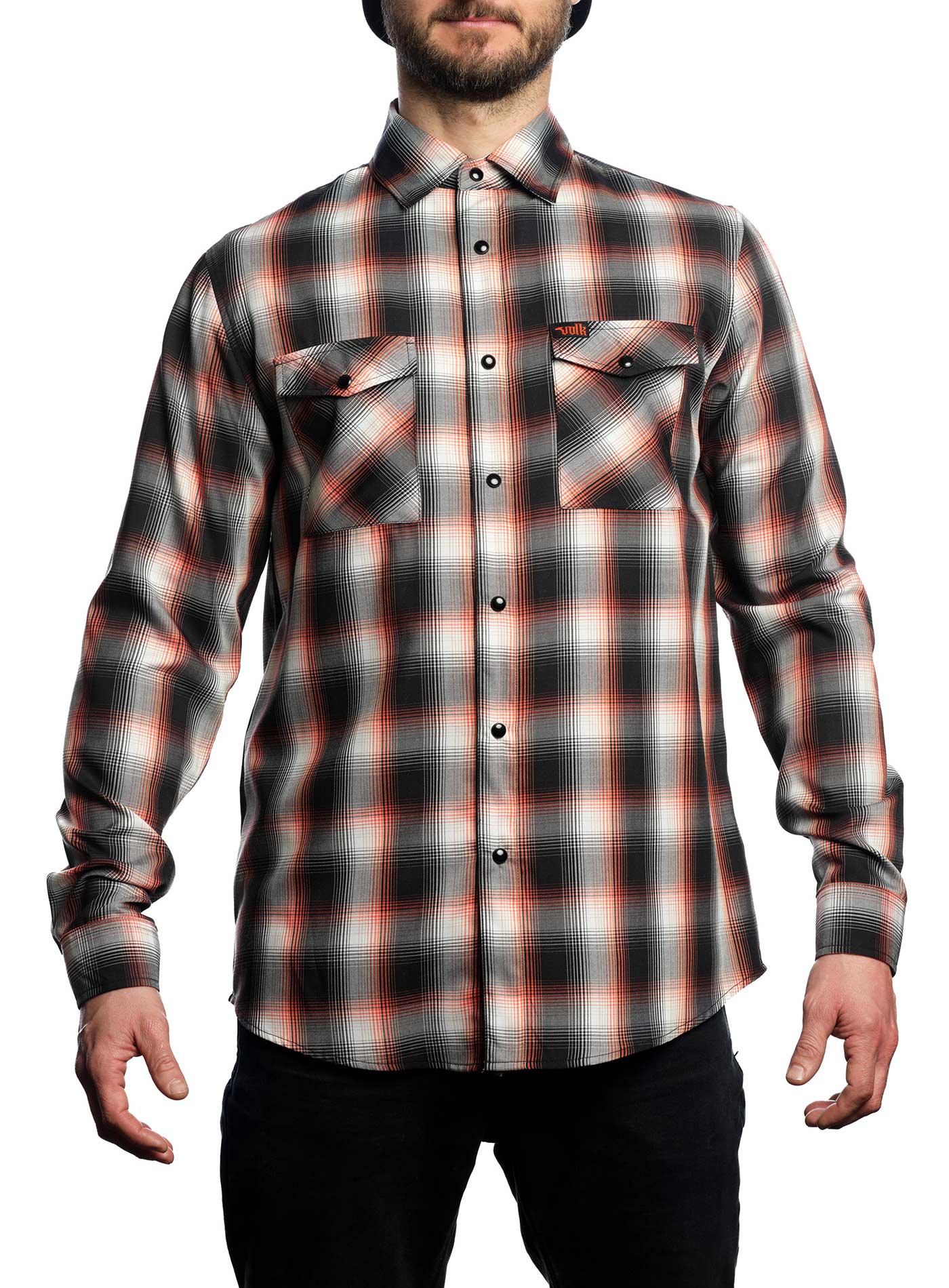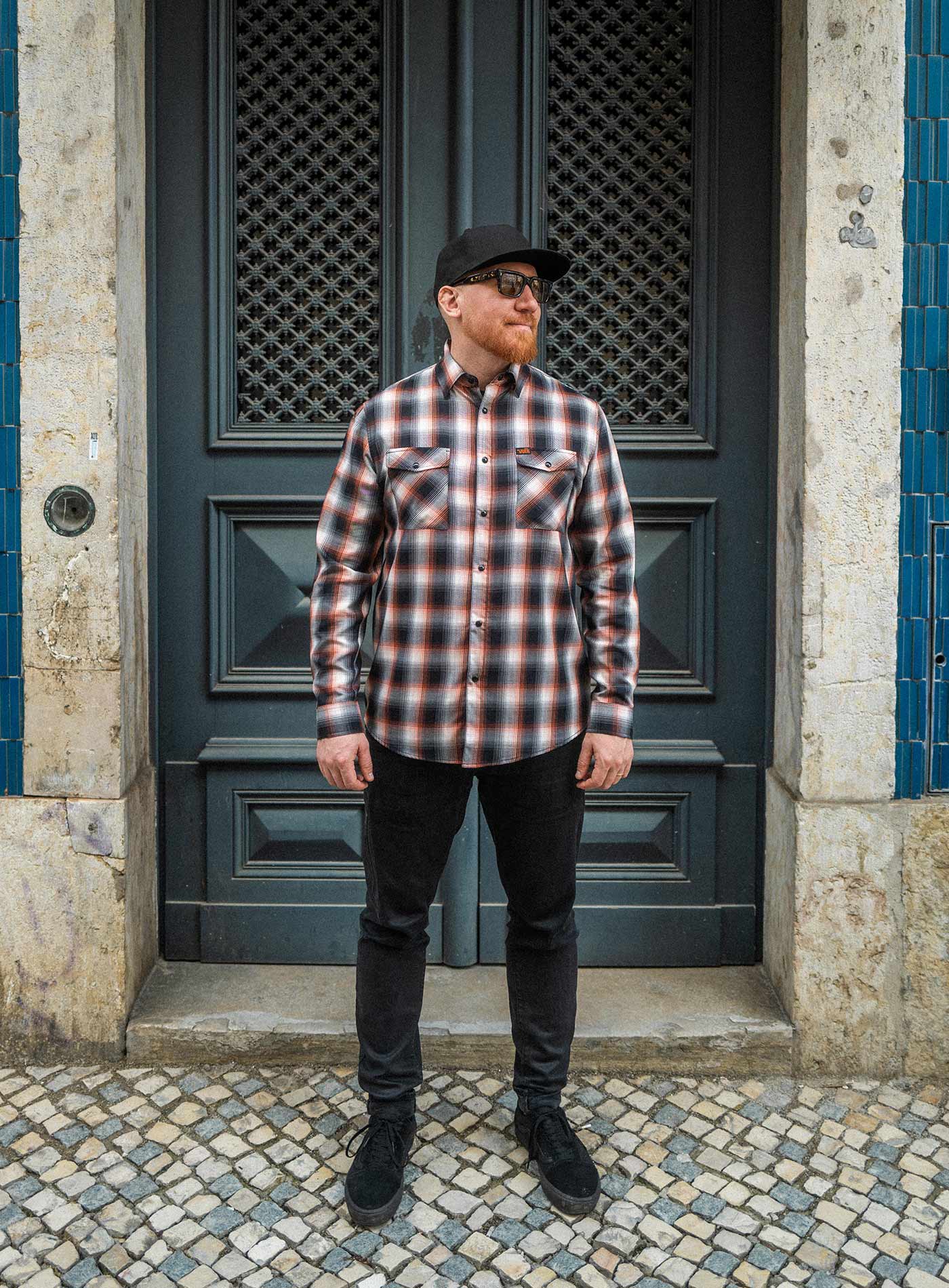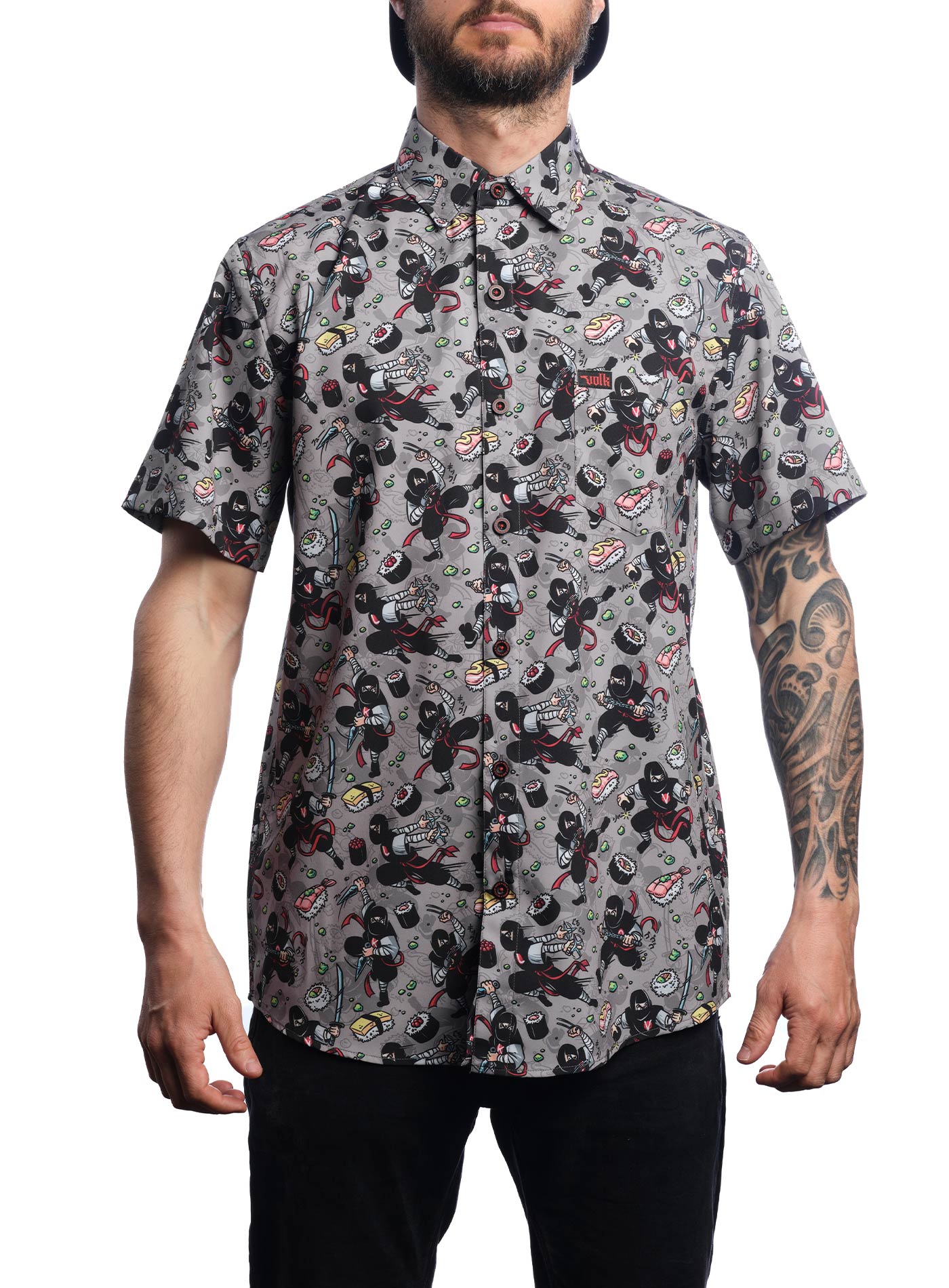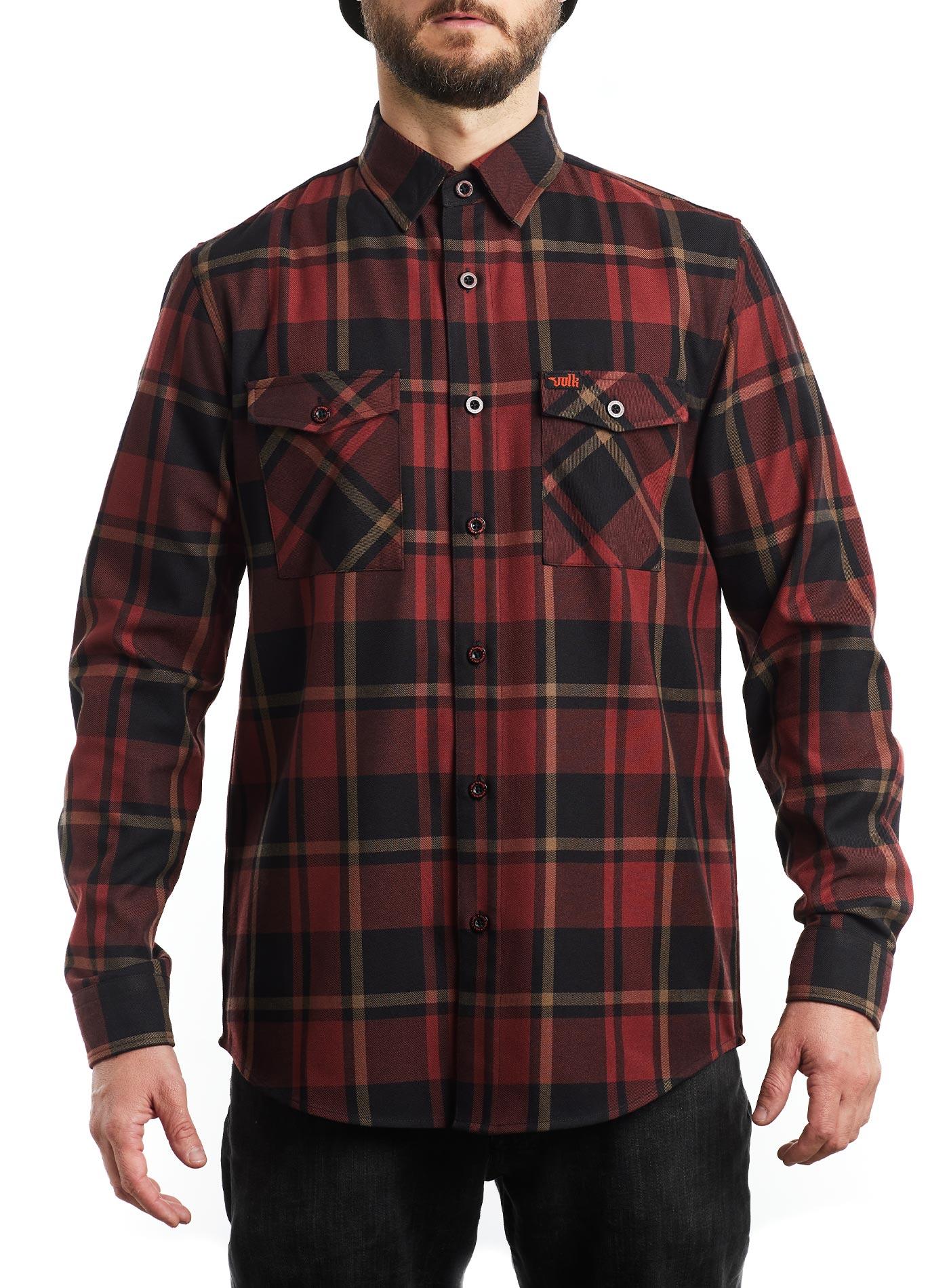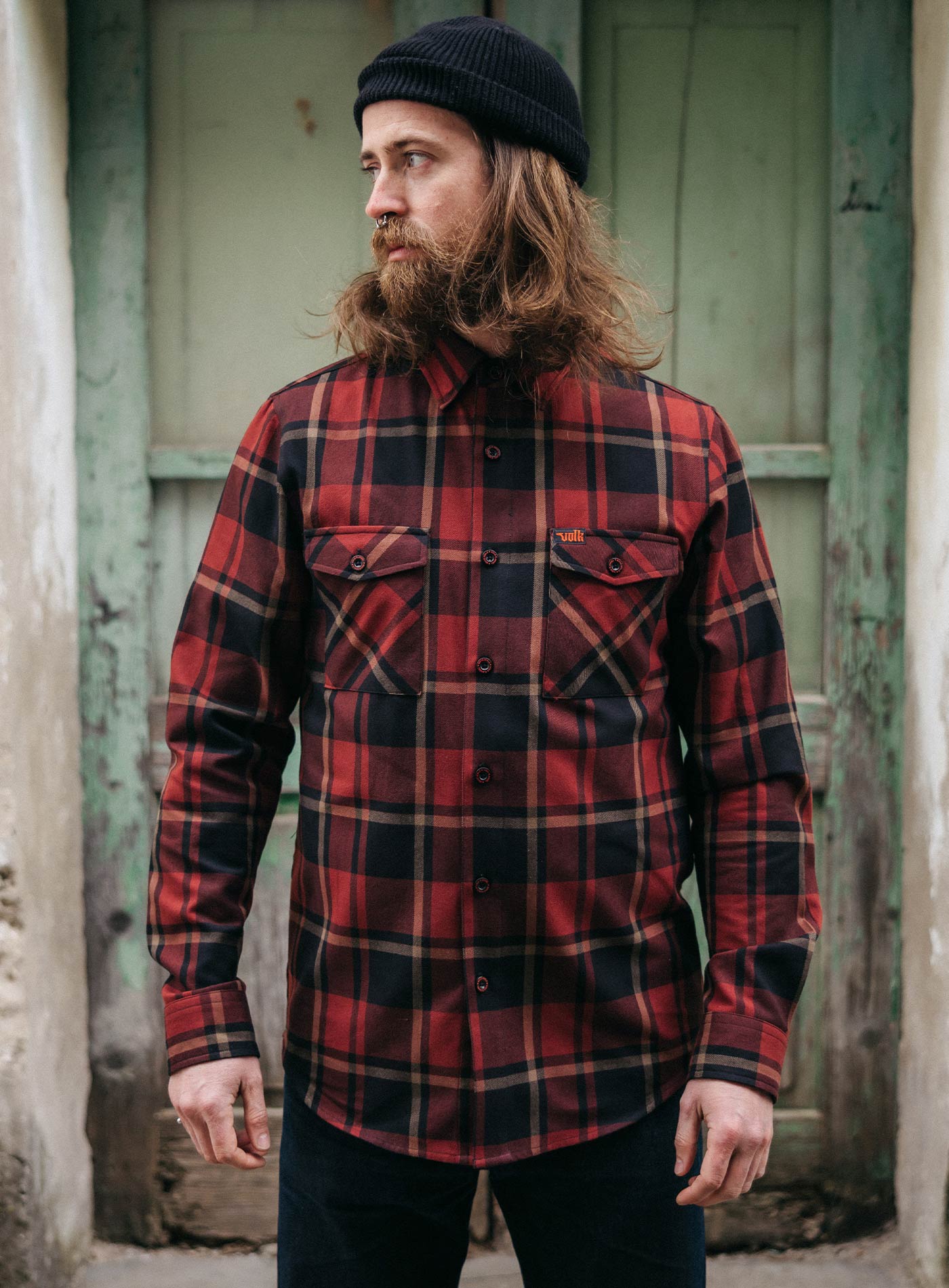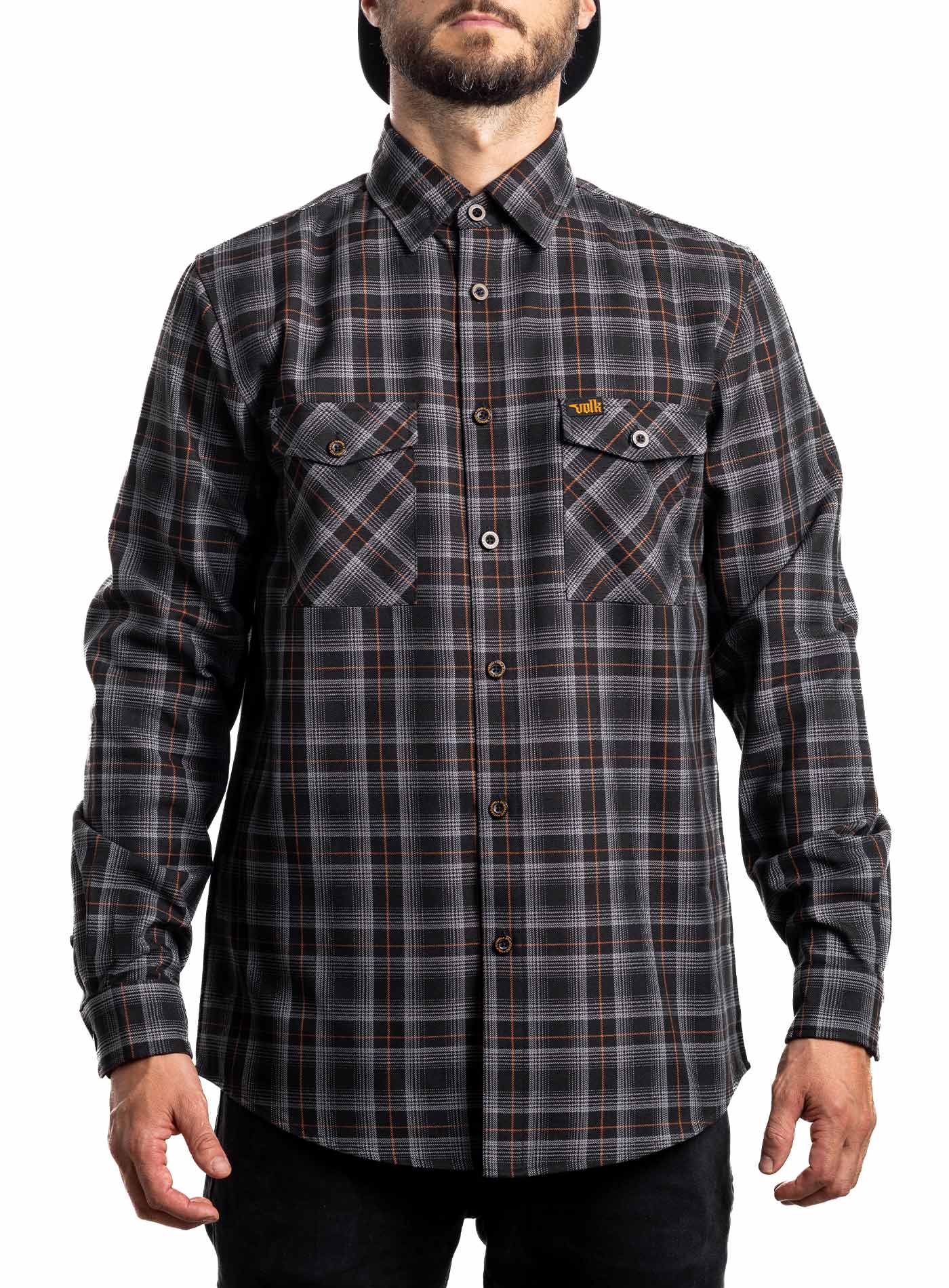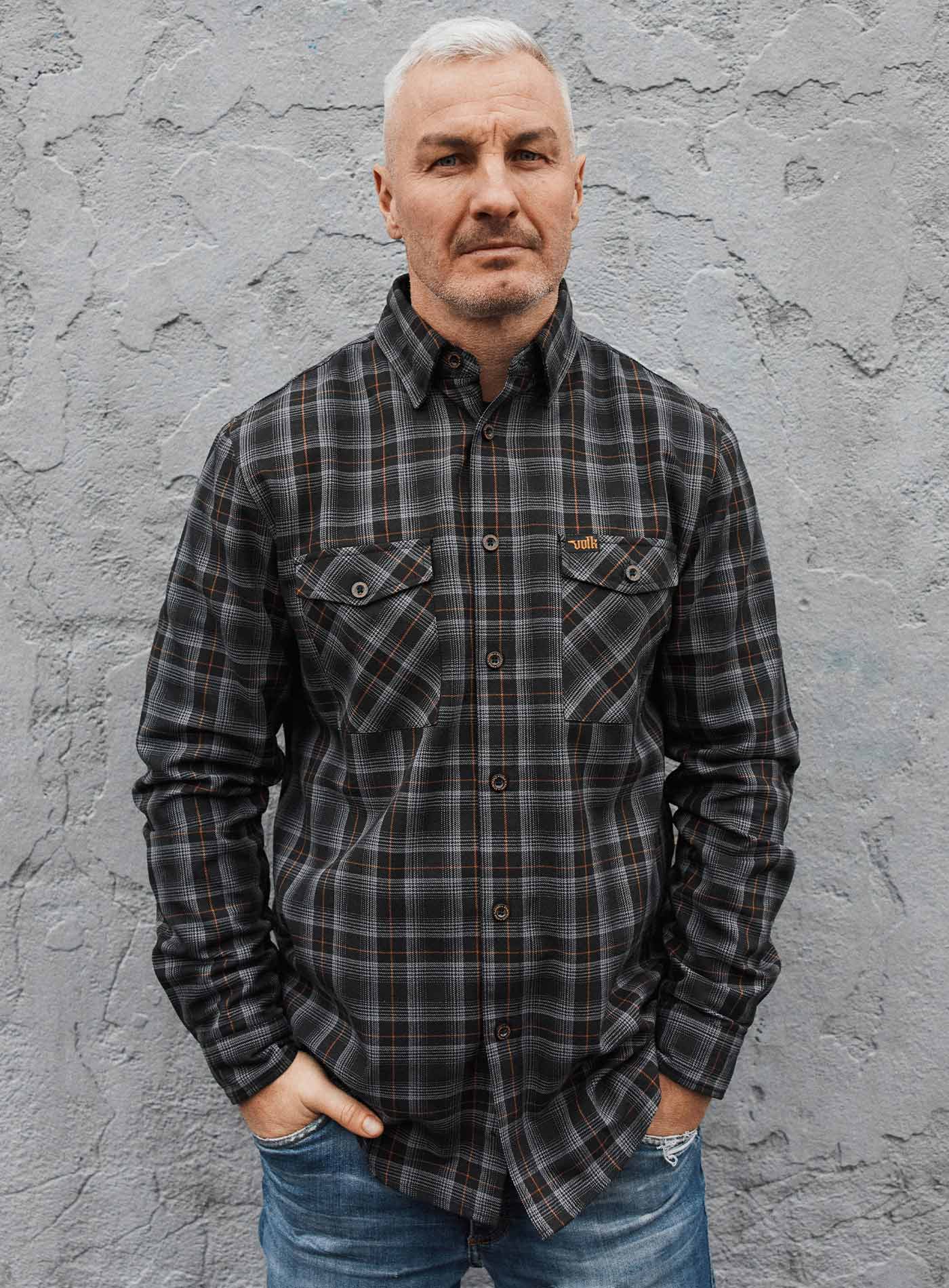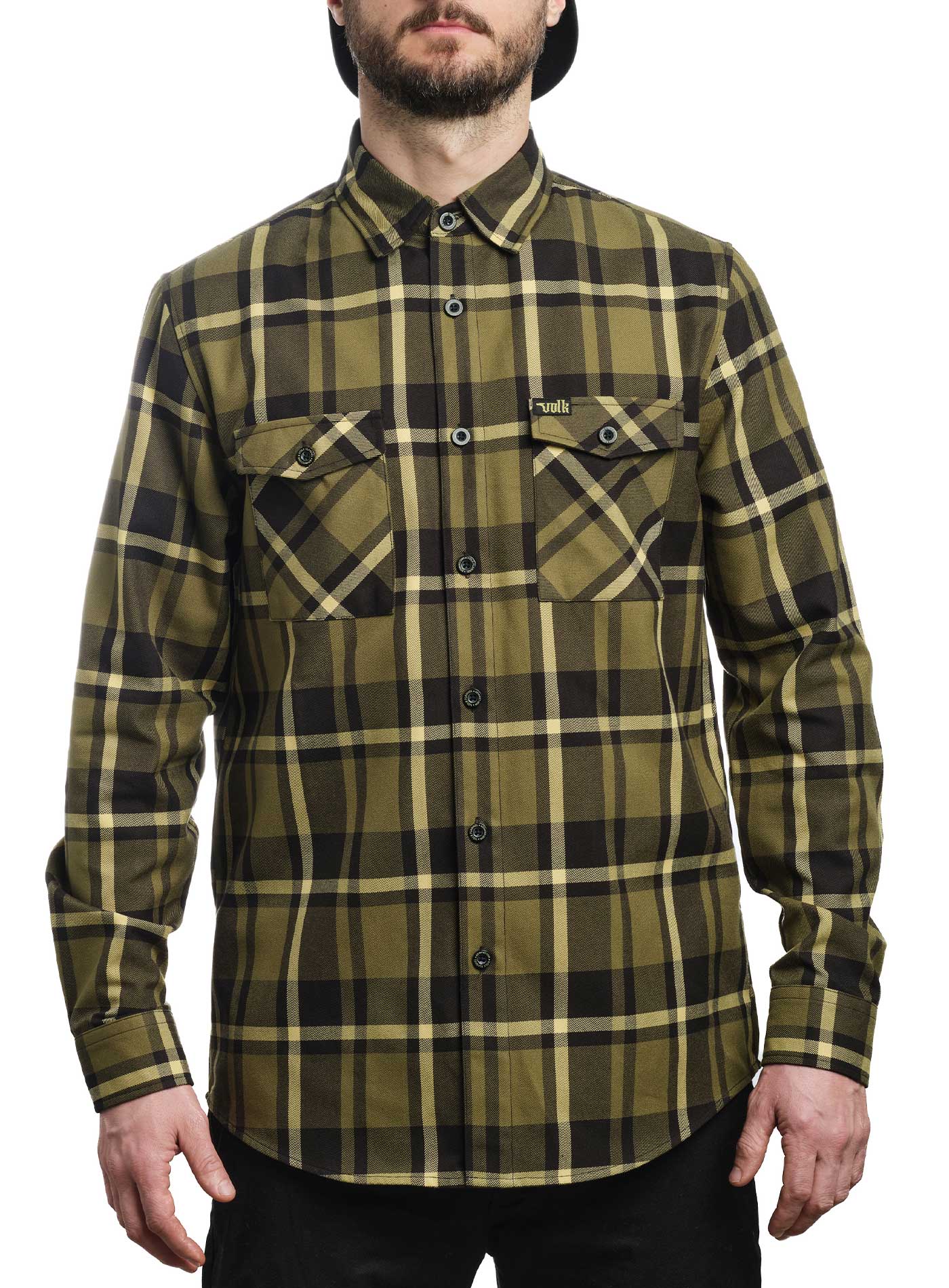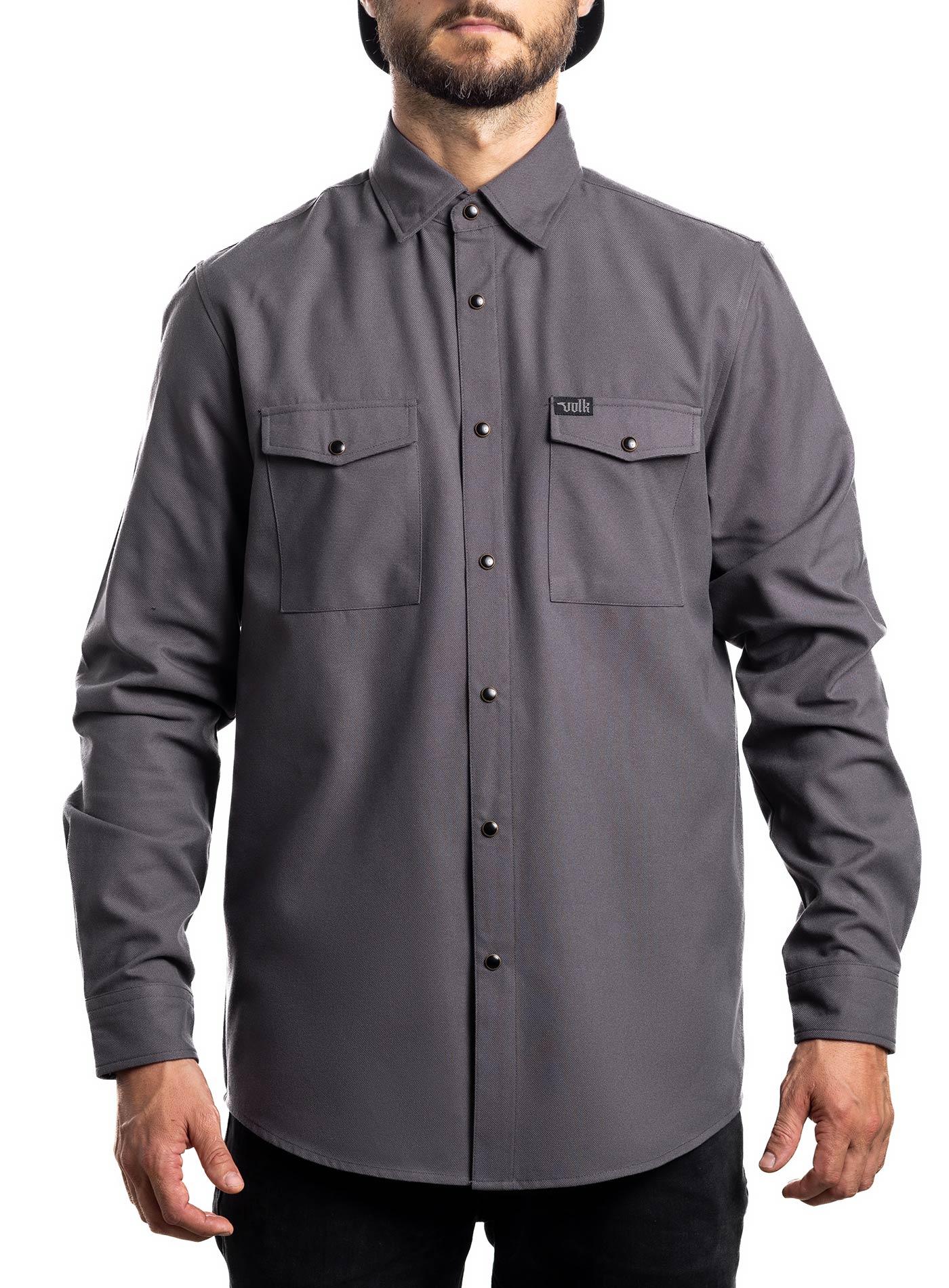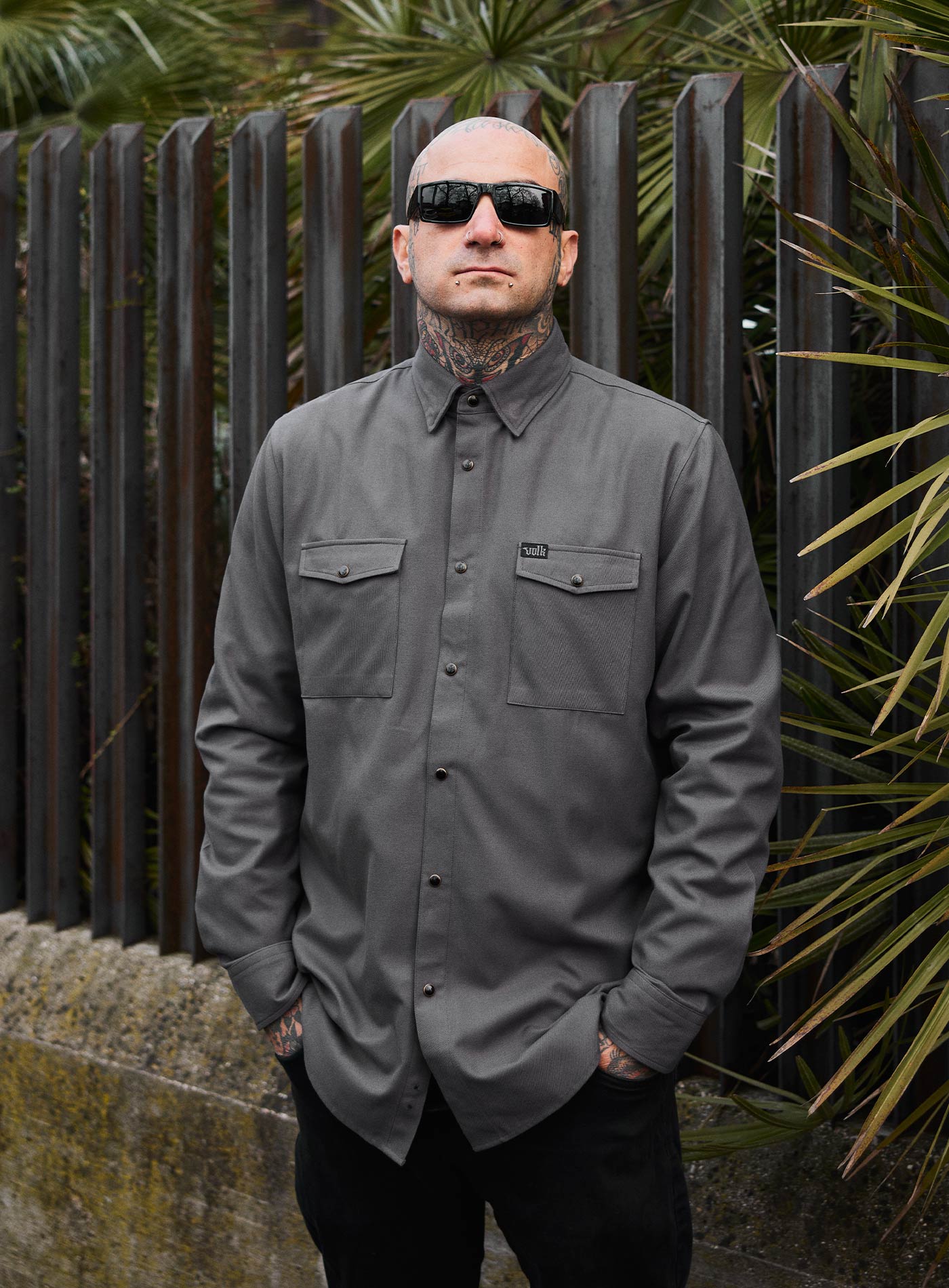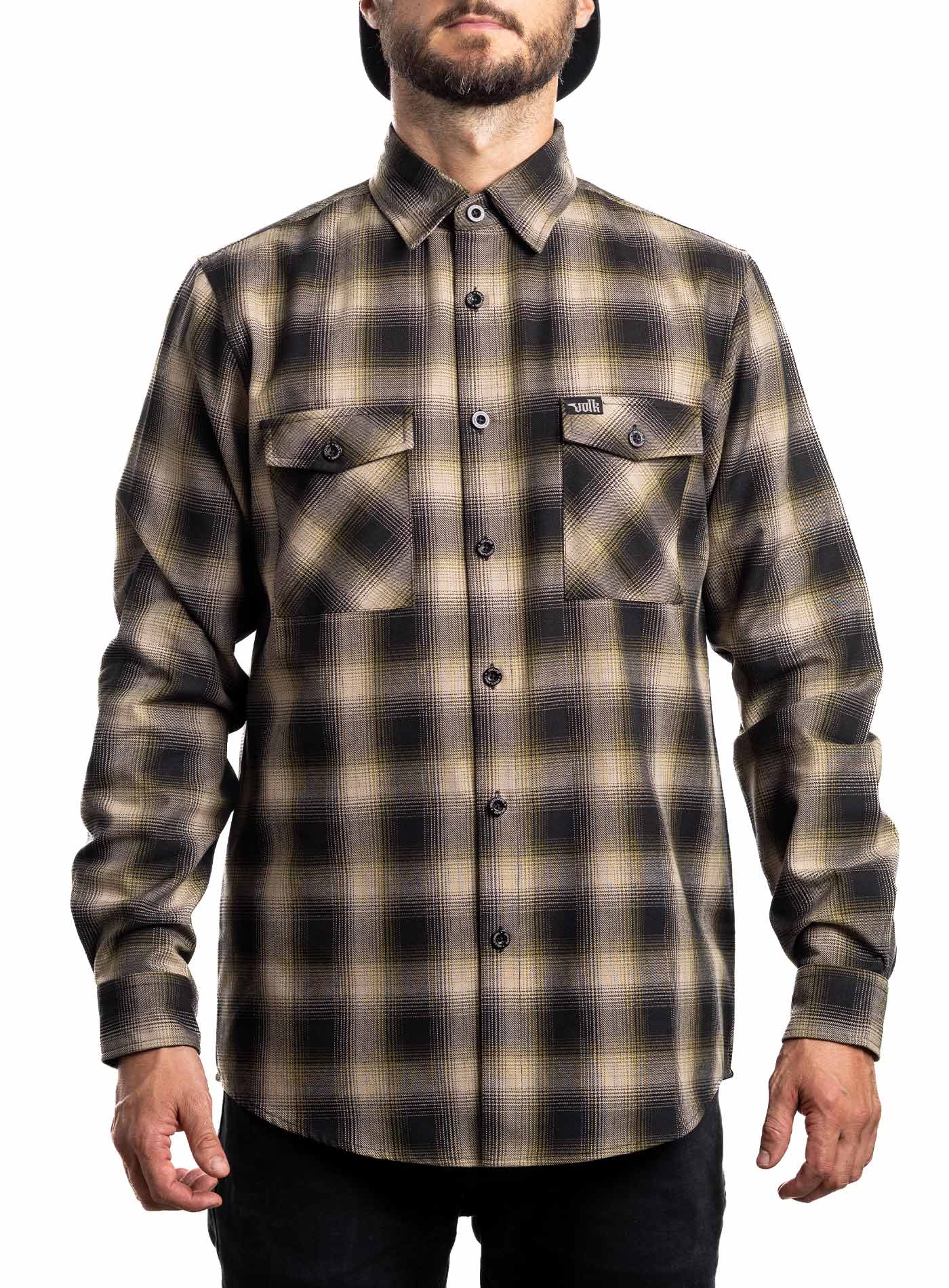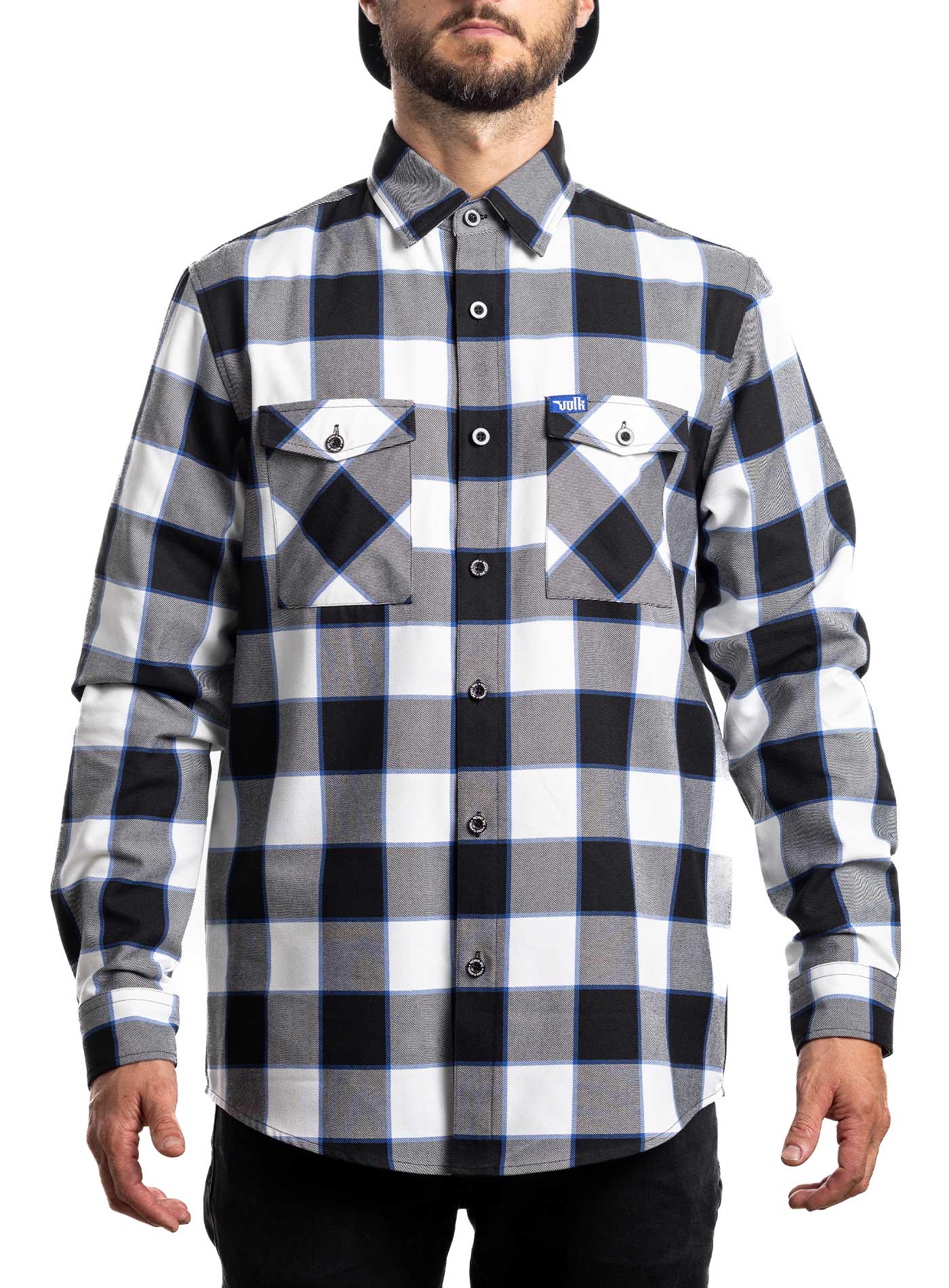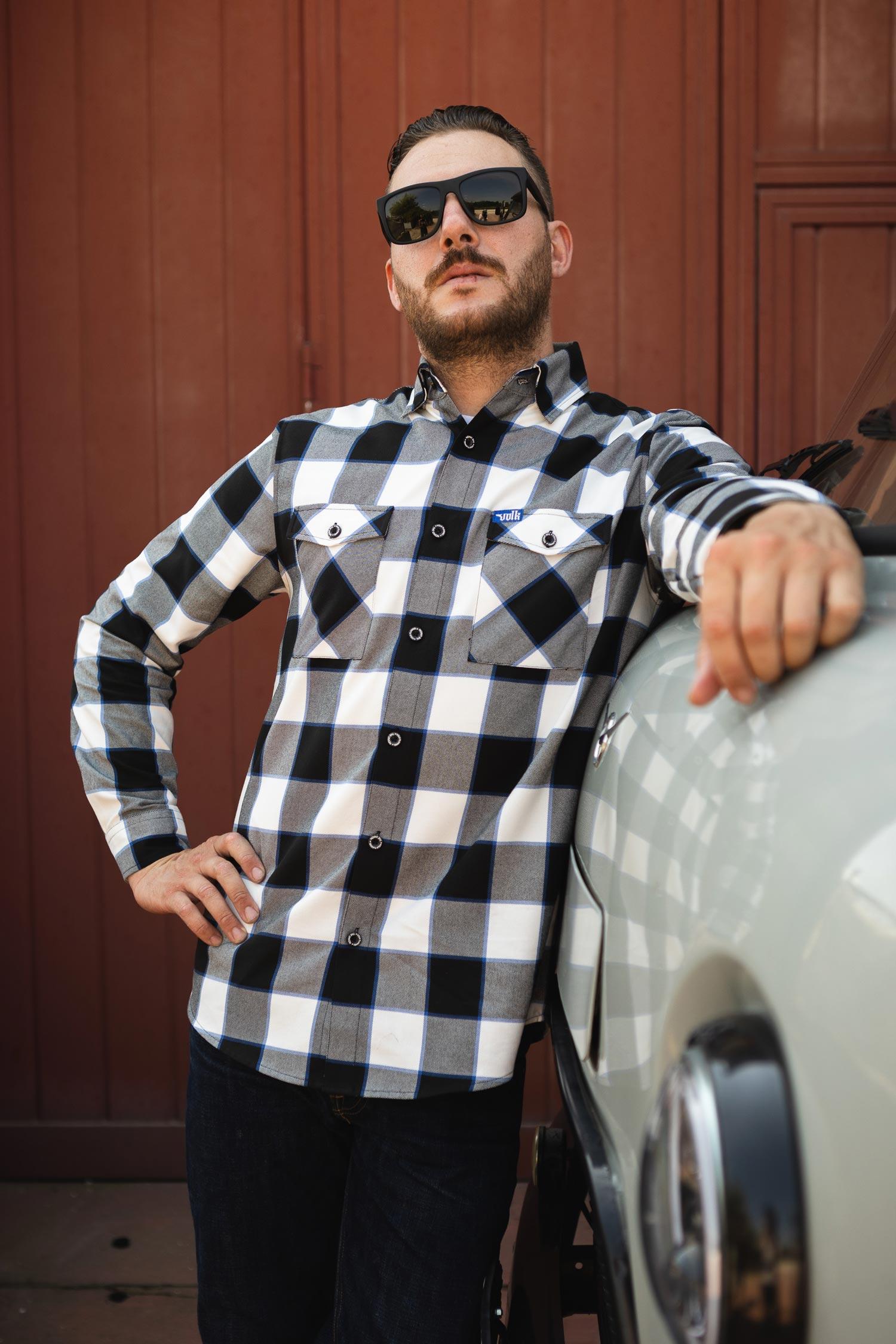
History of flannel
The season we’re entering is perfect for flannel; warm and comfortable outfit. Today a popular and fashionable piece was once much more than that.
The roots of flannel reach all the way back to 17th century Wales. Apparently, plain wool garbs just didn’t cut it for the Welsh. These clothes became threadbare quickly and offered little to no protection from the wet, windy Welsh winters. The locals began making sturdier clothes out of worsted yarn, and the Atlantic winters suddenly became much more bearable.
The spread across the western hemisphere
Flannel became synonymous with physical workforce, reinforcing the image of flannel as sort of a uniform of working-class man. It was associated with ruggedness, which was further reinforced by the character Paul Bunyan – a giant lumberjack in a red plaid flannel shirt.
Soon, the upper classes of society had to admit the usefulness of flannel. If you’re a James Bond fan, you’ll remember that Sean Connery wore grey flannel suits. If Bond wears it, it must be good, right? It wasn’t long before it became the standard for most businessmen, and once it found its way to the upper classes, it became popular in sports, especially cricket. Flannel became sophisticated.

Even though plaid flannel shirts are mostly associated with rugged countrymen, the style reached its peak in the 90s with grunge bands like Nirvana and Pearl Jam. What’s interesting to note, though, is that few of the plaid flannels were actually made of flannel, leading to mass confusion between the terms flannel (material) and plaid (just a pattern), which even today are often used interchangeably.
Flannel managed to find its way to all levels of our society. Worn by skateboarders, laborers and executives alike, it became a staple of comfort and durability – even though many “flannels” today are made of cheaper synthetics that are half as durable.
That is why the Volk pack uses only the best materials, vouching for the quality of its shirts with a trembling roar.
Not just for laborers
It wasn’t long before continentals grasped the genius of flannel. During the next hundred years, it spread over Germany and France, becoming the go-to attire for laborers. This was the time of Industrial Revolution when factories, including wool factories, were popping up like mushrooms after rain.
Mechanized processing of wool was not only faster but better as well, so it’s no wonder an increasing number of people opted for flannel. During this time, it also spread to United States.
Here comes an interesting fact: probably everyone is familiar with Carhartt, American apparel company closely associated with urban sports. The roots of the company reach in year 1889 when Hamilton Carhartt founded the company while on a quest for providing laborers with decent attire.
The company focused on railroad workers first. It sew them one-piece, long-lasting flannel clothes. Carhartt grew fast and positioned itself well during World War I when it made workwear for women in factories and Uniforms, belts, underwear, socks even bandages for soldiers. All made from flannel.
MOST POPULAR


